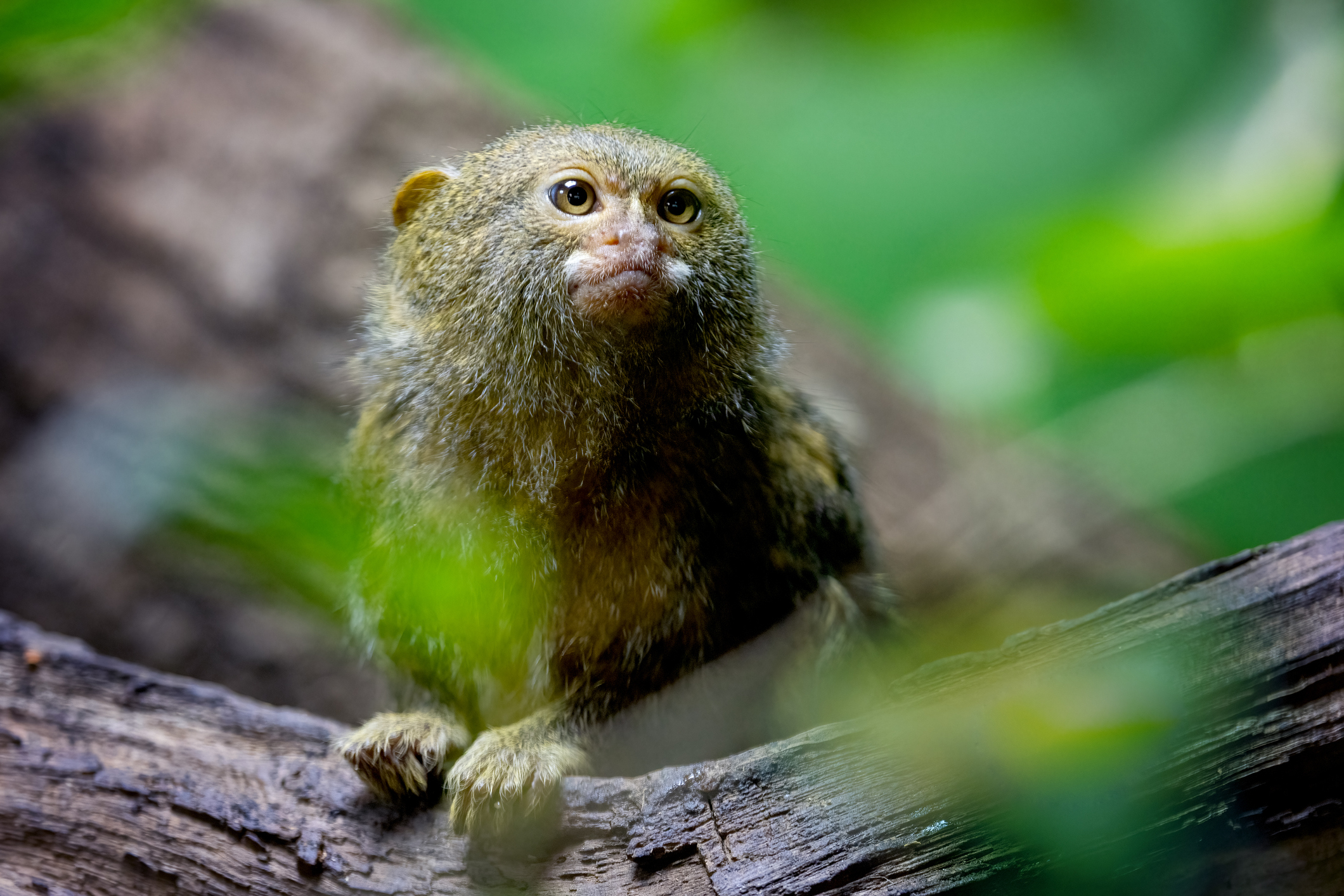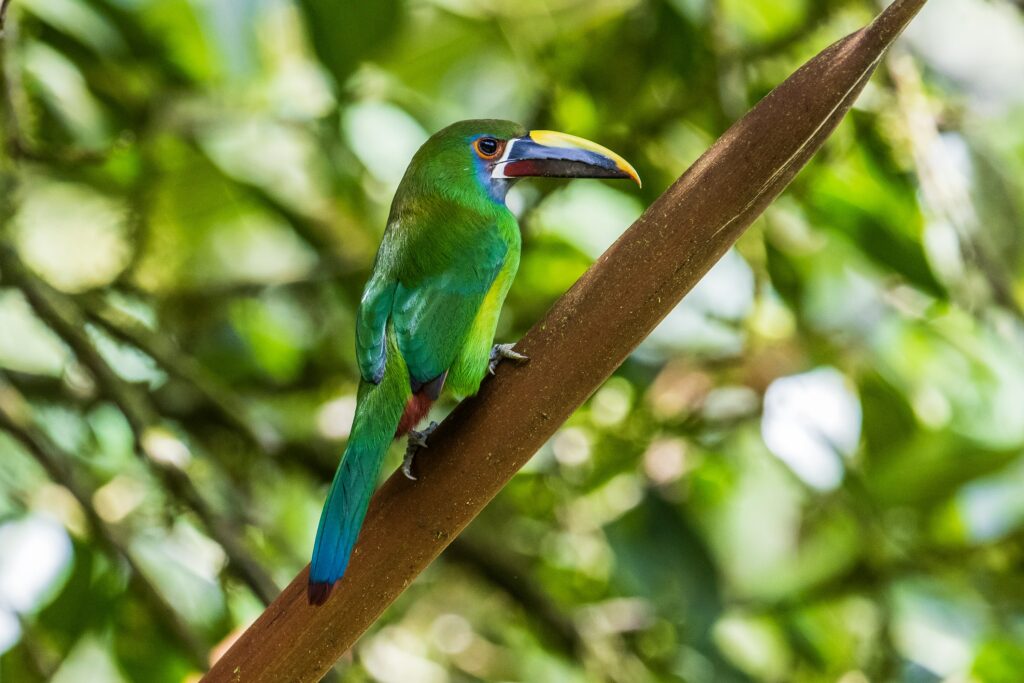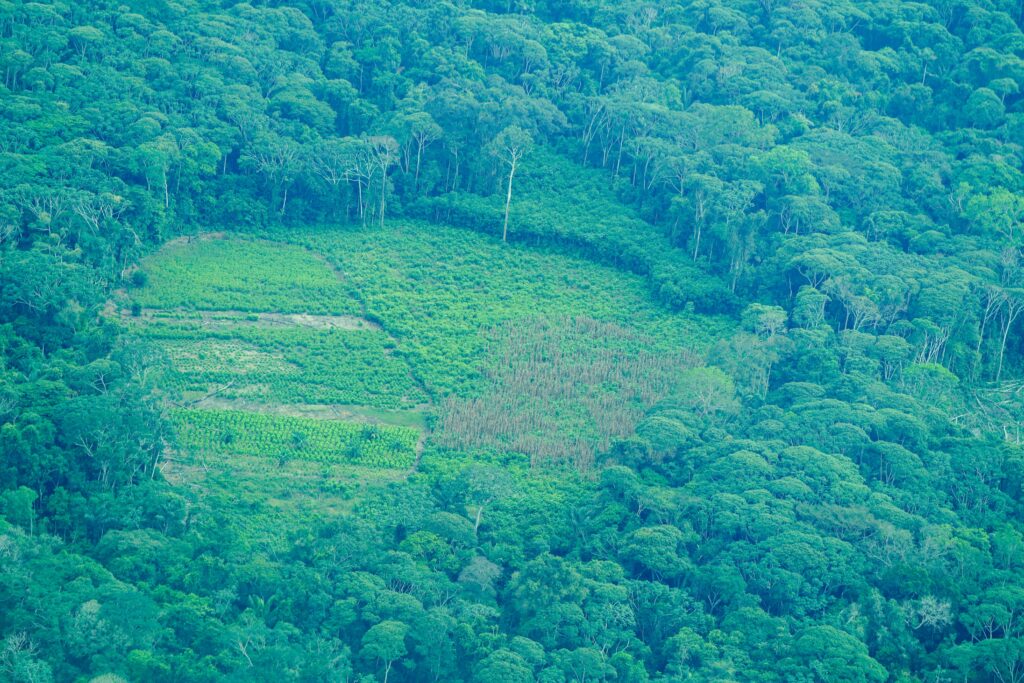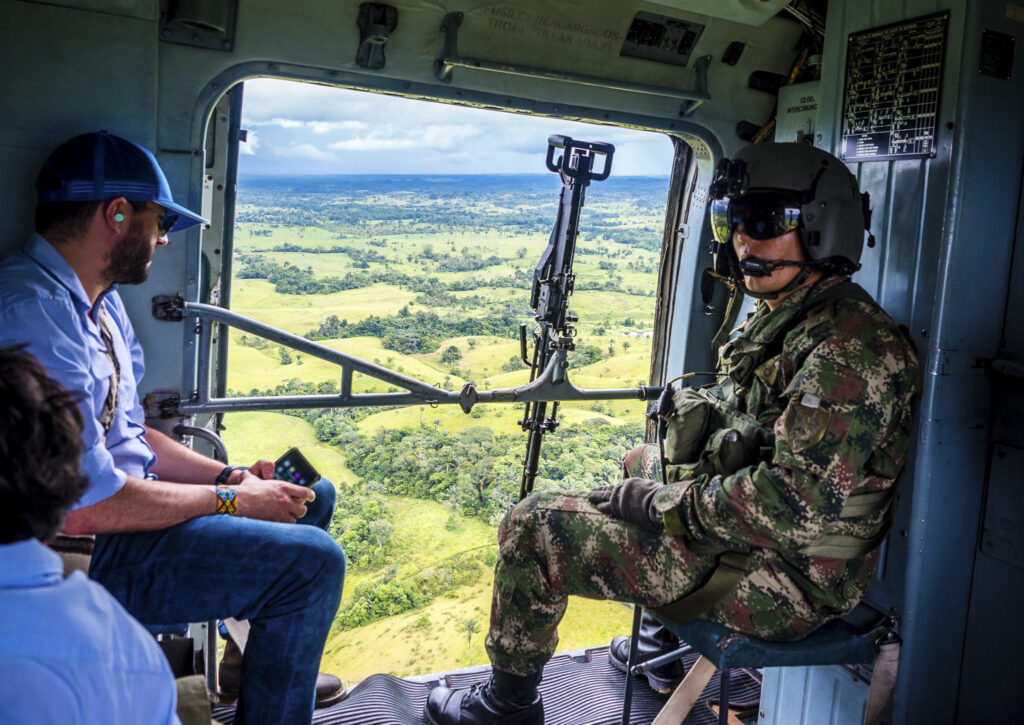
Colombia
Colombia has the third largest forest area in South America, and an important part of the Amazon rainforest. Colombia is a ‘mega diverse’ country, with the second richest biodiversity in the world – after neighbouring Brazil.
After a dramatic spike in deforestation following the end of the conflict between the government and FARC guerilla in 2016, national deforestation has decreased to the lowest level in a decade.
Germany, the UK and Norway work together to reduce deforestation in Colombia through a climate and forest partnership with the Colombian Government, the Joint Declaration of Intent which runs until 2025.
About Colombia’s forests
Vast natural forests cover more than half of the country, two thirds of these are in the Amazon.
Forests in Colombia store enormous amounts of carbon, and generate regional and local rainfalls, vital to agriculture, fresh water for the population, and production of hydroelectric power.
Maintaining the Amazon rainforest has been proved crucial for the climatic conditions and agricultural production of the whole continent. Forests in Colombia are also crucial for climate adaptation, for instance by protecting the soils and preventing erosion and landslides.
Few places on the planet have more biodiversity than the Colombian forests.
They house countless known and yet unknown plants, as well as large numbers of animals seen nowhere else on earth. They contain more than 53 000 species of flora and fauna, 20 % of which are unique on the planet.

- Size:1.1 million km2
- Capital: Bogota D.C.
- Population: ca. 45.5 million
- Ethnic groups: There are a total of 102 indigenous peoples with a population of 1,5 million. In addition approximately 5 million people are Afro-Colombians.
- Forested area: About 600.000 km2 – more than 50% of the country, or almost twice the size of Italy.
- Biodiversity: Home to 10 percent of the world’s species of flora and fauna. It ranks first with regard to bird species and ranks second in terms of plants, butterflies, freshwater fishes and amphibians (CBD Profile). Colombia is listed as one of only 17 “megadiverse” countries in the world.
Home to many Indigenous Peoples
Colombia’s forests are home to local communities and indigenous communities with rich cultural heritage. Nearly half or Colombia’s forests are situated in indigenous territories or in the collective territories of the Afro-Colombian communities.
The forests provide livelihoods in terms of food, wood, natural medicines and other type of economic support.
In Colombia, indigenous peoples have strong legal rights in the Colombian Constitution, and several indigenous communities are in the process of formalizing their territorial rights, including financial, administrative and political rights to manage their own territories.
 Photo: Marte Lid, Norad
Photo: Marte Lid, Norad
Norway’s Climate and Forest Partnership with Colombia
In 2015, Colombia, Norway, Germany and the United Kingdom signed a Joint Declaration to strengthen cooperation on climate and forest in Colombia. In December 2019, the partnership was extended up until 2025. Norway has pledged up to NOK 400 million annually against emission reductions achieved from reducing deforestation. The money will only be paid if Colombia manages to reduce deforestation.
Under the agreement, Colombia has been rewarded for significant emission reductions achieved from reducing deforestation, as well as for progress on key political reforms.
Norway has to date paid NOK 325 million for reduced emissions from deforestation and over NOK 516 million for achieved political reforms.
In addition to the programs that Norway supports as a result of the Joint Declaration of Intent, Norway and NICFI supports a large number of partners in civil society, the UN and other multilateral organizations, as well as indigenous peoples’ organizations, in their work to protect the environment and reduce deforestation in Colombia.
Read the Joint Declaration of Intent here
Progress on many fronts to reduce deforestation
Colombia is committed to ambitious goals to reduce deforestation and forest degradation. The country has launched large-scale programs in support of forest conservation, to support alternative livelihoods for small scale farmers and local communities, and to fulfill the rights of ethnic groups.
- Colombia has advanced in the implementation of the Rural Reform from the Peace Agreement from 2016. Achievements include formalization of land rights for rural population.
- Colombia has ratified the Escazu Agreement, which aims to strengthen the protection of environmental defenders, as well as indigenous peoples, ethnic minorities, environmentalists, and others working for environmental justice. The Escazu Agreement guarantees the right to access environmental information and participation in environmental decision-making processes.
- Colombia has given small scale farmers stronger legal rights and access to payments for forest protection.
- Colombia passed in 2021 important legislation on environmental crime, where deforestation was established as an environmental crime.
- The Supreme Court has recognized the Colombian Amazon as an “entity subject of rights” and nature is acknowledged as a victim of the conflict in the country.
- Colombia has strengthened the environmental agencies’ presence on the ground as well as the capacity of regional control agencies.
- Colombia has developed a world class national monitoring and early warning system, with regular deforestation alerts.
- Colombia has expanded the autonomy of indigenous territories in large forest areas and is advancing the implementation of indigenous councils with strong autonomy.
- In 2023, Colombia invited to strengthened regional cooperation for the protection of the Amazon by hosting a regional high-level meeting in Leticia which contributed to the regional OTCA meeting in Belem.
- Colombia is advancing the process of “Total Peace” which strong connections to environmental protection and forest conservation efforts.
Drivers of deforestation in Colombia
Access to land and land ownership is a key driver of the deforestation in Colombia, manifested by extensive cattle ranging, which has increased substantially over the last few years. Illegal and legal roads, coca production and mining are other drivers of the deforestation, as well as a gradual agricultural expansion into the Colombian Amazon.
 Photo: Marte Lid, Norad
Photo: Marte Lid, Norad
Positive developments
Rural reform, highlighted in The Peace Agreement with the FARC guerilla from 2016, is tackling one of the most fundamental drivers for deforestation, related to land use.
There are further positive developments with regards to seeing environmental degradation and deforestation as part of the peace efforts with other armed groups in Colombia and there are efforts to jointly work on agriculture, environment and peace in the rural areas of Colombia.
Colombia has a strong civil society and there is increased consciousness of the importance of the different ecosystems and the crucial climatic role of the Amazon rainforest.
Despite positive development in several areas related to the climate and forest agenda in Colombia, there are still significant challenges when it comes to killings and threats against environmentalists and social leaders, including indigenous peoples and Afro-Colombians.

NEWS FROM COLOMBIA
Climate and Environment Minister Espen Barth Eide is traveling to Colombia and Brazil to strengthen cooperation against deforestation
Colombia receives support from Germany, Norway and the United Kingdom for the implementation of their ambitious plan to contain deforestation
New Deputy Director of NICFI

